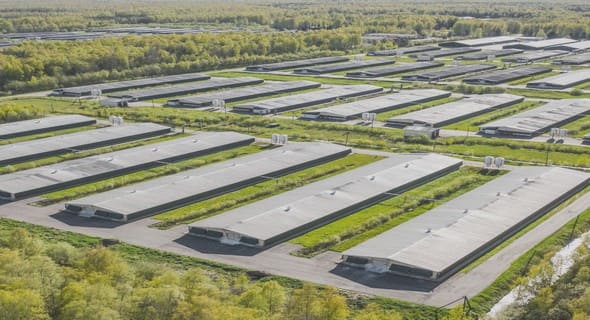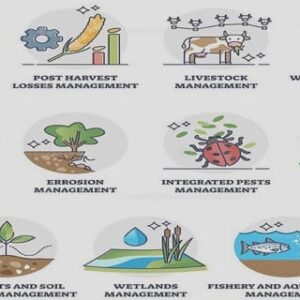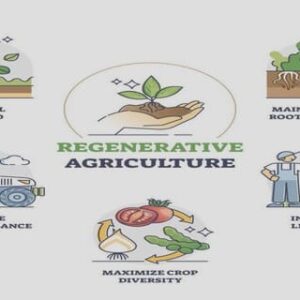(Downloads - 0)
For more info about our services contact : help@bestpfe.com
Table of contents
I. Phenolic compounds as secondary metabolites found in plants and foods
I.1. Structure and classification
I.1.1. Non-flavonoid polyphenols
I.1.2. Flavonoids
I.2. Methods for extraction and characterisation of phenolic compounds
I.3. Applications of phenolic compounds in different biological systems
I.3.1. Applications of phenolic compounds in the plants development
I.3.1.1. As plants growth bioregulators
I.3.1.2. As amendments in bioremediation
I.3.2. Applications of phenolic compounds in microorganisms development
II. The antioxidant activity of phenolic compounds
II.1. The antioxidant action of phenolic compounds and their mechanisms
II.1.1. Through reducing effects: H-atom and/or electron transfer
II.1.2. Through non-reducing effects
II.1.2.1. Metal-ion chelating activity
II.1.2.2. Inhibition of enzymes implied in the production of ROS
II.1.3. Inhibition of lipid oxidation
II.2. Methods to evaluate the antioxidant activity of phenolic compounds
II.2.1. DPPH (2,2-diphenyl-1-picrylhydrazyl) radical scavenging method
II.2.2. Folin–Ciocalteu redox method
II.2.3. Other methods
III. Bilberry and lingonberry, two shrubs of the Ericaceae family as sources of phenolic secondary metabolites
III.1. Bilberry (Vaccinium myrtillus L.)
III.1.1. General description
III.1.2. Chemical composition: phenolic compounds and other constituents
III.2. Lingonberry (Vaccinium vitis-idaea L.)
III.2.1. General description
III.2.2. Chemical composition: phenolic compounds and other constituents
III.3. Extraction and analysis of bilberry and lingonberry phenolic compounds
III.4. Health benefits of bilberry and lingonberry
III.4.1. Cardioprotective activity
III.4.2. Anti-cancer activity
III.4.3. Antidiabetic activity
III.4.4. Vision improvement activity
III.4.5. Bacterial anti-adhesion activity
III.5. Other applications of bilberry and lingonberry extracts
PERSONAL CONTRIBUTION
Chapter I. PHENOLIC CONSTITUENTS IN BILBERRY (VACCINIUM MYRTILLUS L.): ACCUMULATION IN LEAVES, STEMS AND FRUITS AT DIFFERENT HARVEST PERIODS AND ANTIOXIDANT ACTIVITY
1. Background
2. Methodology
2.1 Materials
2.1.1. Bilberry samples
2.1.2. Chemicals and solvents
2.2. Extraction of phenolic compounds
2.3. Qualitative and quantitative analyses of phenolic compounds
2.3.1. Identification of phenolic compounds by UPLC/MS
2.3.2. Quantification of phenolic compounds
2.4. Analysis of procyanidins using thioacidolysis
2.4.1. Freeze-dried extracts
2.4.1.1. HPLC analysis without thiolysis
2.4.1.2. HPLC analysis after thiolysis
2.4.2. Freeze-dried fruits
2.4.2.1. HPLC analysis without thiolysis
2.4.2.2. HPLC analysis with thiolysis
2.5. Antioxidant activity by applying spectrophotometric methods
2.5.1. Total Phenolic Contents by the Folin Ciocalteu method
2.5.2. DPPH (2,2-diphenyl- 1-picrylhydrazyl) radical scavenging test
2.6. Statistical analyses
3. Results and discussion
3.1. Optimal extraction conditions: the preliminary test
3.2. Phenolic profile and content of bilberry extracts
3.2.1. Caffeic acid derivatives
3.2.2. Coumaric acid derivatives
3.2.3. Flavonol glycosides
3.2.4. Flavanols
3.2.5. Anthocyanins



